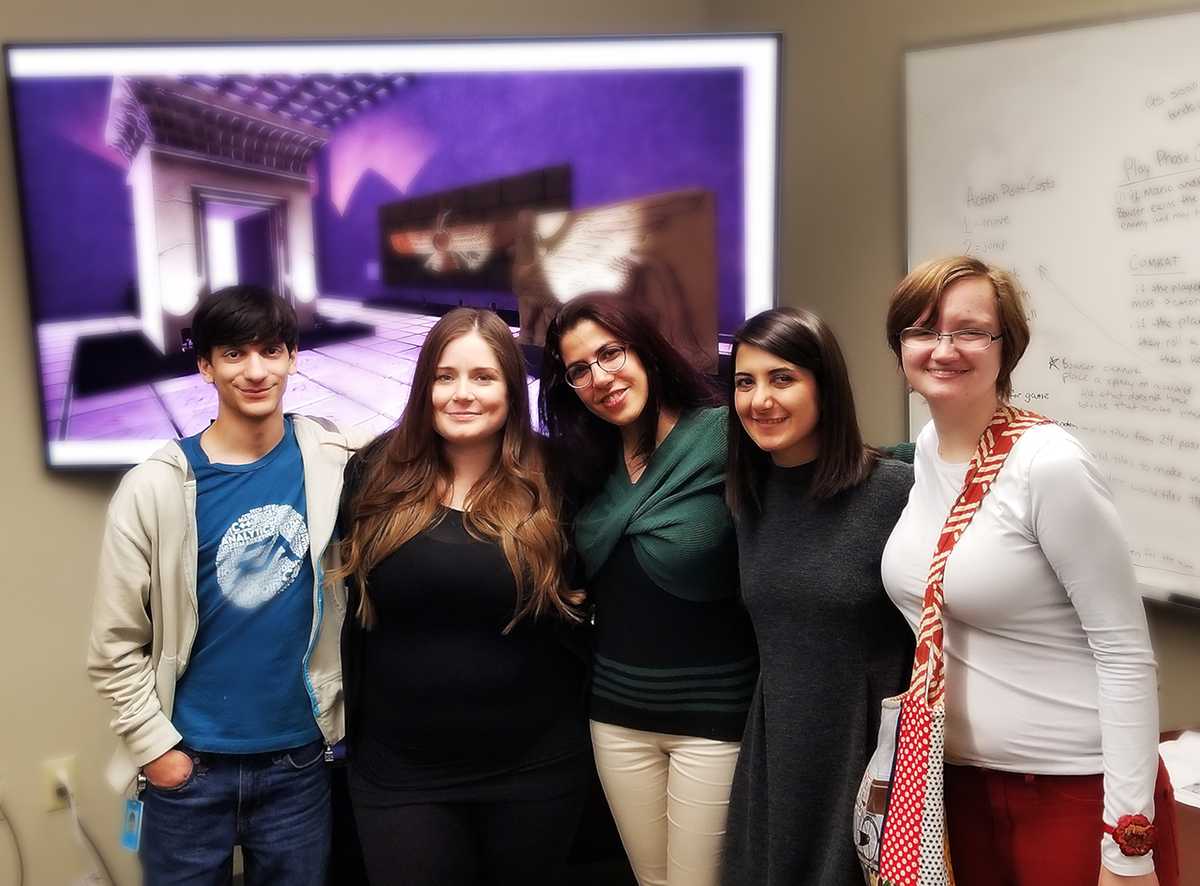
- Marc Aubanel
- maubanel@cct.lsu.edu
- Director of LSU Digital Media Arts & Engineering
Gateway to the Past
December 17, 2018
Louisiana State University
This interactive experience is about artifacts from the era of Persepolis (ceremonial capital of the Achaemenid Empire). It consists of two worlds that exist at once, one in a museum and the other in an outdoor courtyard. It is an interactive experience created in Unity. There is a portal to both worlds that take you back and forth.
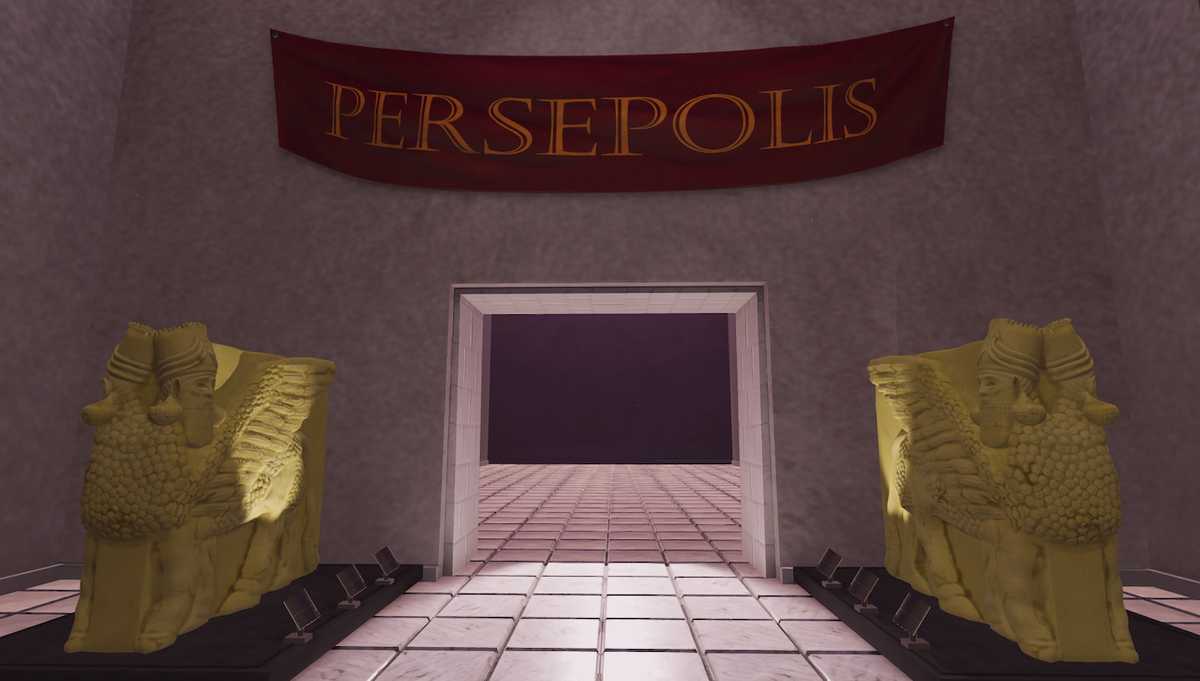
The goal is to bring the statues from the museum back to the place where they belong. The statues that have vanished from the courtyard site look like ghosts. Their souls still persist but there is no physical evidence left. The mission is go between the two worlds to fill the souls of the statues with their physical corpus.
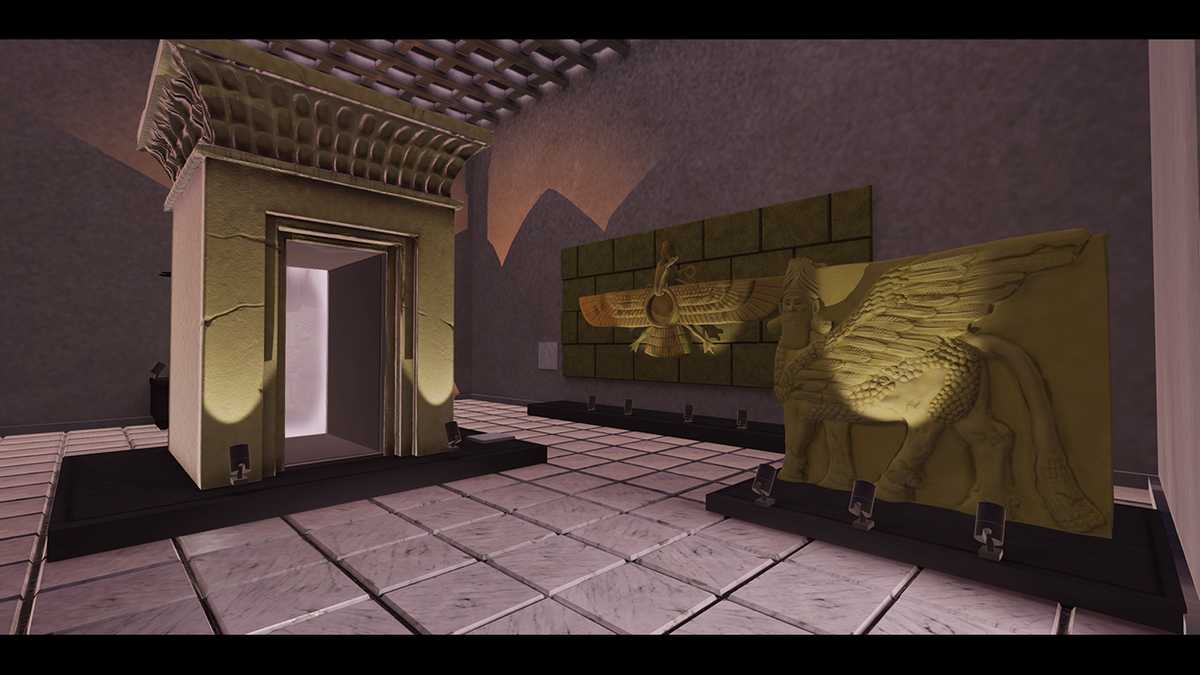
When you are inside the museum and looking at sculptures you do not have any idea about where these sculptures are from, you just enjoy them for what they are. The music for the museum is calm and peaceful with a taste of joy.

When you move to the historical site the mood is somber and sorrowful for the objects that have been taken away. The music has a touch of sadness but still makes you feel the glory of the monuments. A Persian song called Alast plays by Keivan Saket, an Iranian musician and composer.
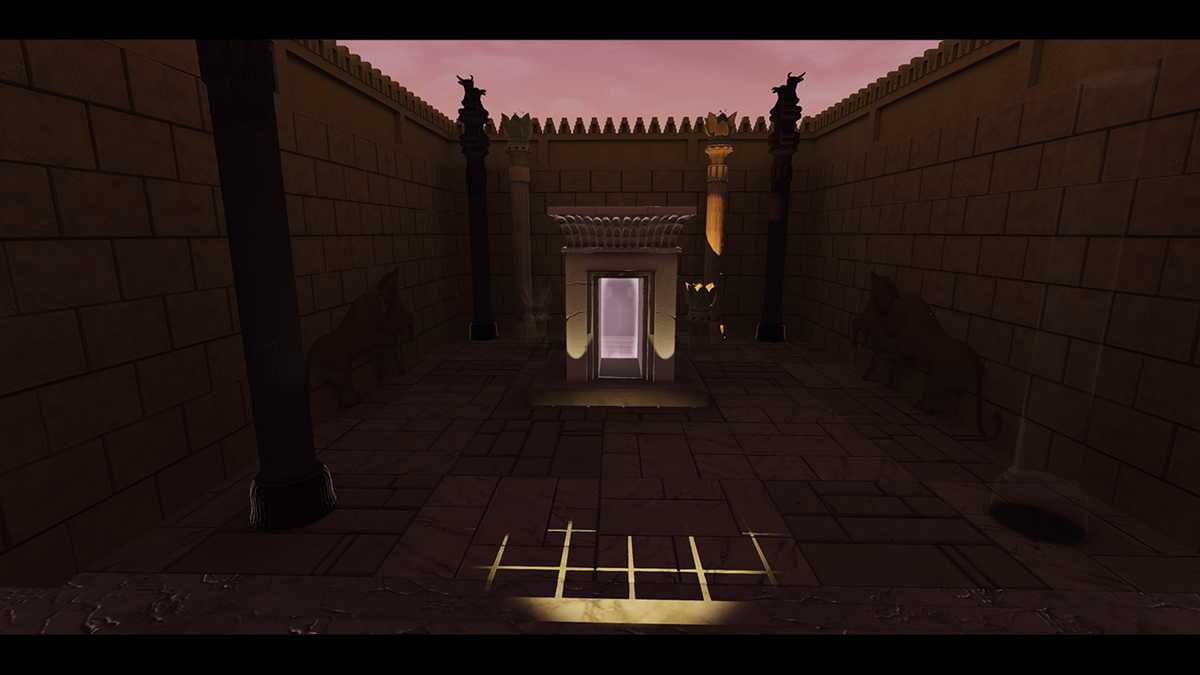
The technical challenge is in the game level where two worlds occupy the same level and space at the same time. The team employed the clever use of a shader that when you walk through the portal that it has a different render list, displaying the alternate environment.
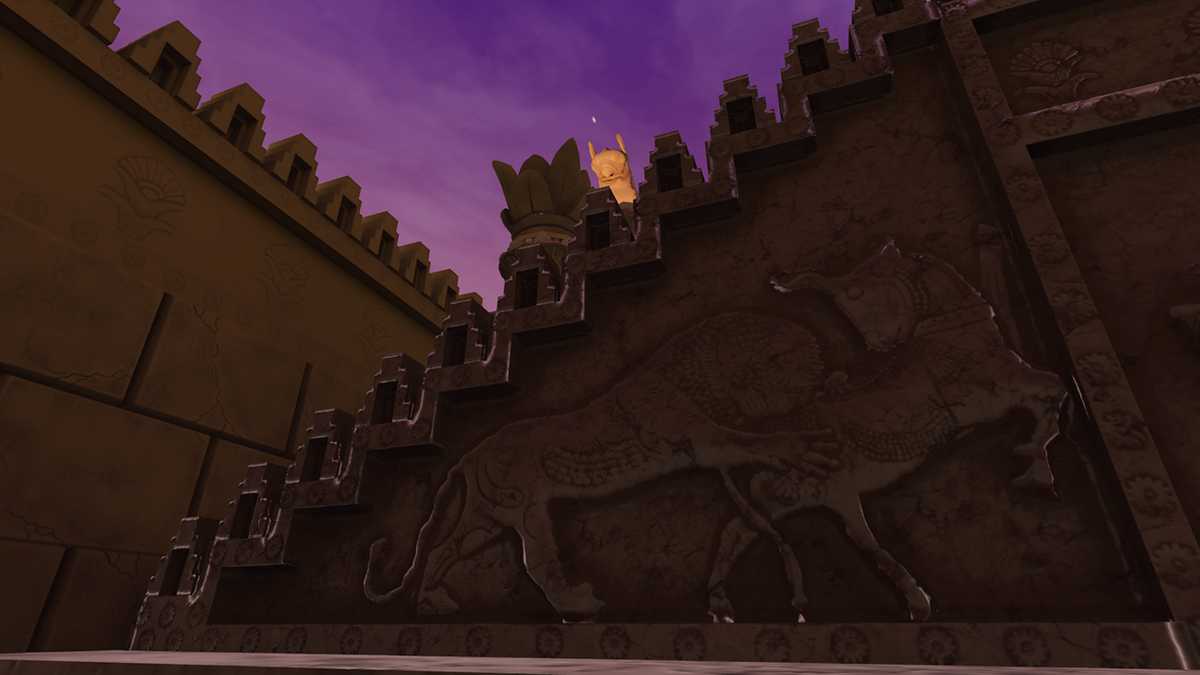
Congratulations to the team for such an inspiring project:
